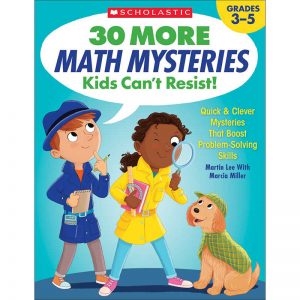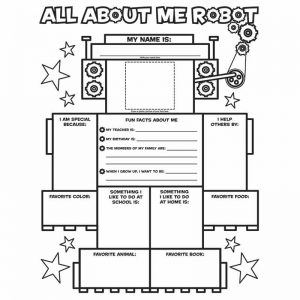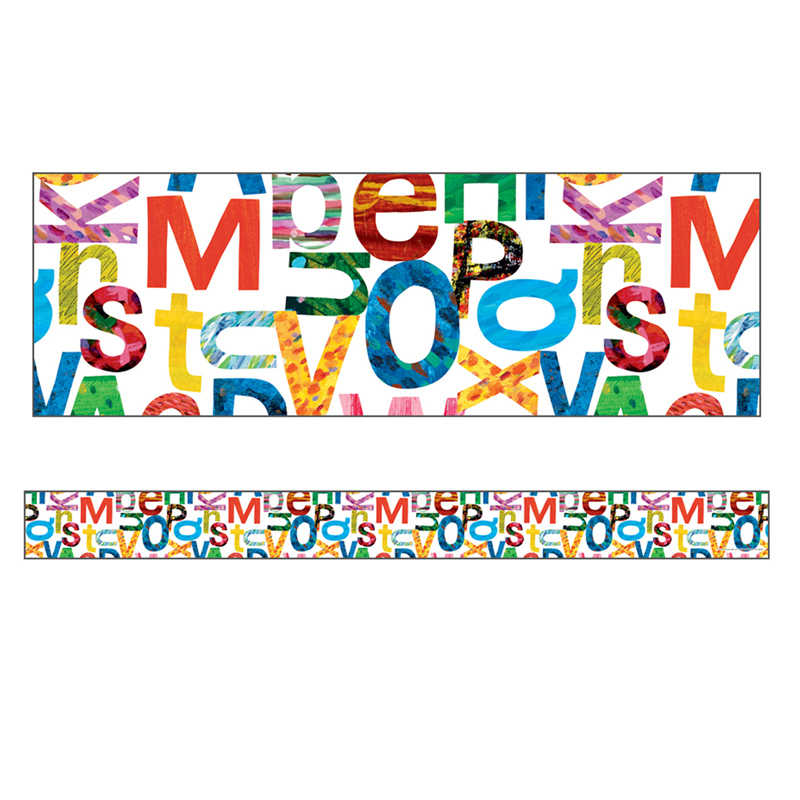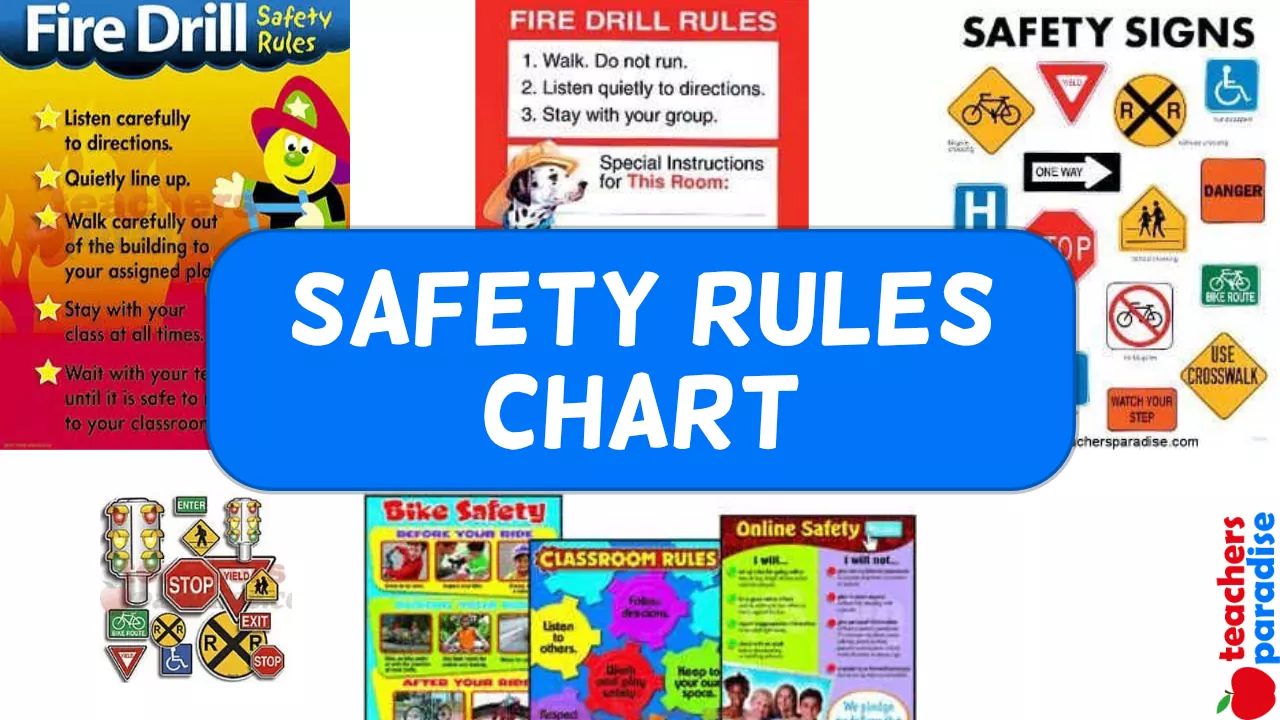Learning Tools and Lessons for Reading
We ask our students to read every day. And to demonstrate their understanding, we ask them to respond in a variety of ways, depending on the assignment we give them. The first part of this book contains tools—bookmarks, strategy cards, handprints, and checklists—to help students become more strategic in their reading. Many of the bookmarks, strategy cards, and handprints are designed to be used by students as they read. The checklists are designed to be used primarily after they’ve finished reading.
We hope these tools will assist you in moving your students from whole-group demonstration to independent use of strategies. With plenty of modeling and practice, your students will develop the capacity to choose and use the appropriate tool for any reading task.
WORKSHEET & Sample PDF Activity
Sample PDF Activity
Vocabulary-Building Bookmark
PURPOSE
To help students figure out unfamiliar words by using context Learning new words is exciting to many students. To promote vocabulary development during reading, we encourage students to use the word’s context—or the text that surrounds it—to arrive at the word’s meaning. The vocabulary-building bookmark helps them do that.
MATERIALS
Individual copies of the bookmark
An expository text, such as Scholastic News, or a narrative text, such as a trade book, that is at an appropriate level for your students
Overhead or chart of the bookmark for direct teaching
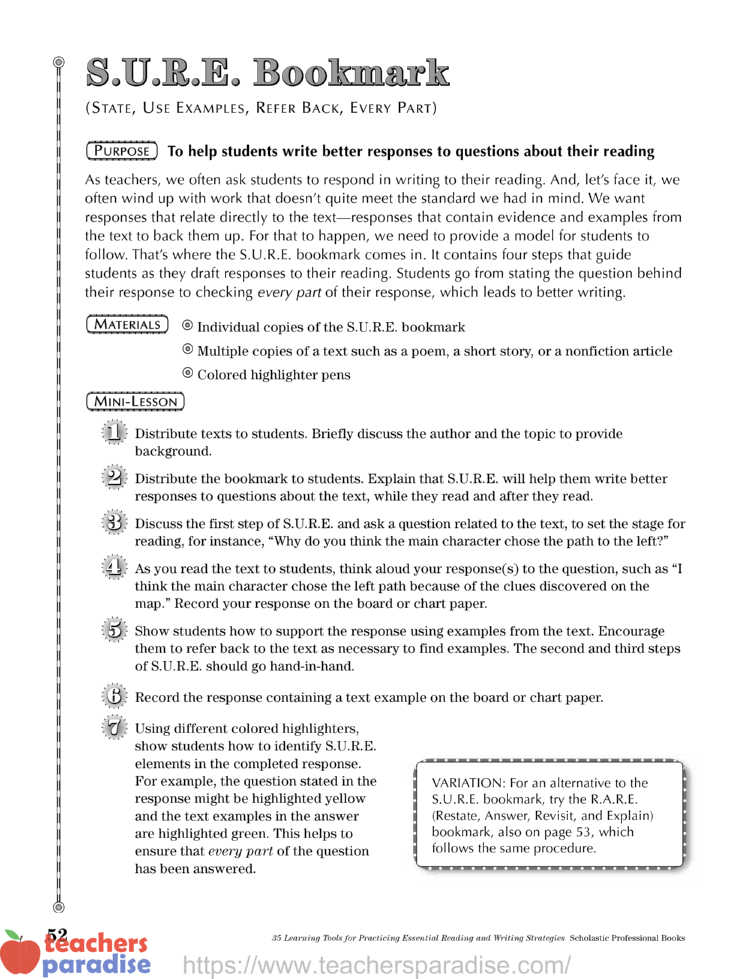
MINI-LESSON
- Introduce the strategy by reading a text passage to the class and stopping to think aloud about an unfamiliar word. For example, you might say, “In this sentence, I can’t figure out what metamorphic means. I know in science it is a kind of rock, but the author says that the character is in his ‘metamorphic period.’ If I read the sentences before and after, I can see that the character is making a lot of changes in his life right now. I think that the word probably means change.”
- Record the challenging word on your bookmark, along with the page number, for further exploration. “I’ll jot the word down on the bookmark and write what I think it means from the context. When I am done reading, I’ll use a classroom resource to check to see if my prediction is correct.”
- Have students pair up to practice the strategy, using their own copy of the bookmark. Allow them to select the words themselves to foster independent learning. Monitor their process, complimenting effective use of the strategy, discussing interesting observations you make, and encouraging students to suggest times they would use the bookmark as they read in everyday life.
Guided Practice
- Encourage students to record words and page numbers in content area texts to share with other students during group discussions.
- Provide ongoing opportunities for students to use the bookmark as they read independently and with peers.
- Create a bulletin board with vocabulary-building hints and a pocket for each student. When students complete a bookmark, they can file it in their pocket and refer to it later as needed.
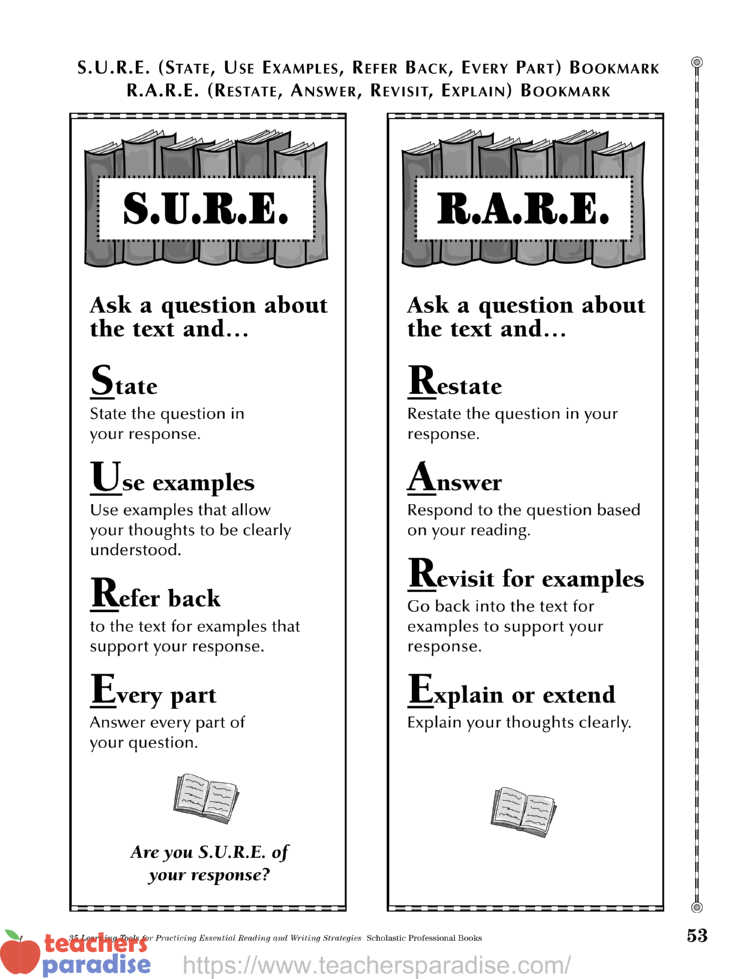
General Reading Strategy Card
PURPOSE
To remind to students of before-, during-, and after-reading strategies
In the intermediate- and middle-school years, students are often expected to read textbooks without much guidance from adults. Success varies because some students have mastered reading strategies while others haven’t. Research says that students learn to use strategies and develop skills by reading, writing, and getting the support they need (Routman, 1991). This strategy card systematically takes students through the before-, during-, and after-reading process when reading.
MATERIALS
Individual copies of the strategy card
A text that is at an appropriate level for your students, such as Scholastic News, a trade book, or a textbook chapter
Overhead or chart of the strategy card
MINI-LESSON
- Review before-reading strategies with your students. Say something such as, “Before we read, we use strategies to help us set a stage. Think about what you do before you read. Let’s list the strategies you use. How do these strategies help prepare us as readers?”
- Have students work in small groups to list strategies they use during and after reading.
- Bring students back together to share their lists. Discuss why it is important to recognize the thinking that accompanies reading. Explain that by using strategies effectively, we increase our understanding of what we read.
- Discuss the strategies listed on the card. Compare those strategies to the ones the students listed. Encourage students to add strategies that they feel are important.
Guided Practice
- Display the strategy card and refer to it often until students have internalized the steps.
- Once students are comfortable with the strategies, have them point out the ones they’re using. Encourage them to articulate their thinking when they read in small groups.
- Send a copy of the strategy card home for parents who want support in helping their child read.

